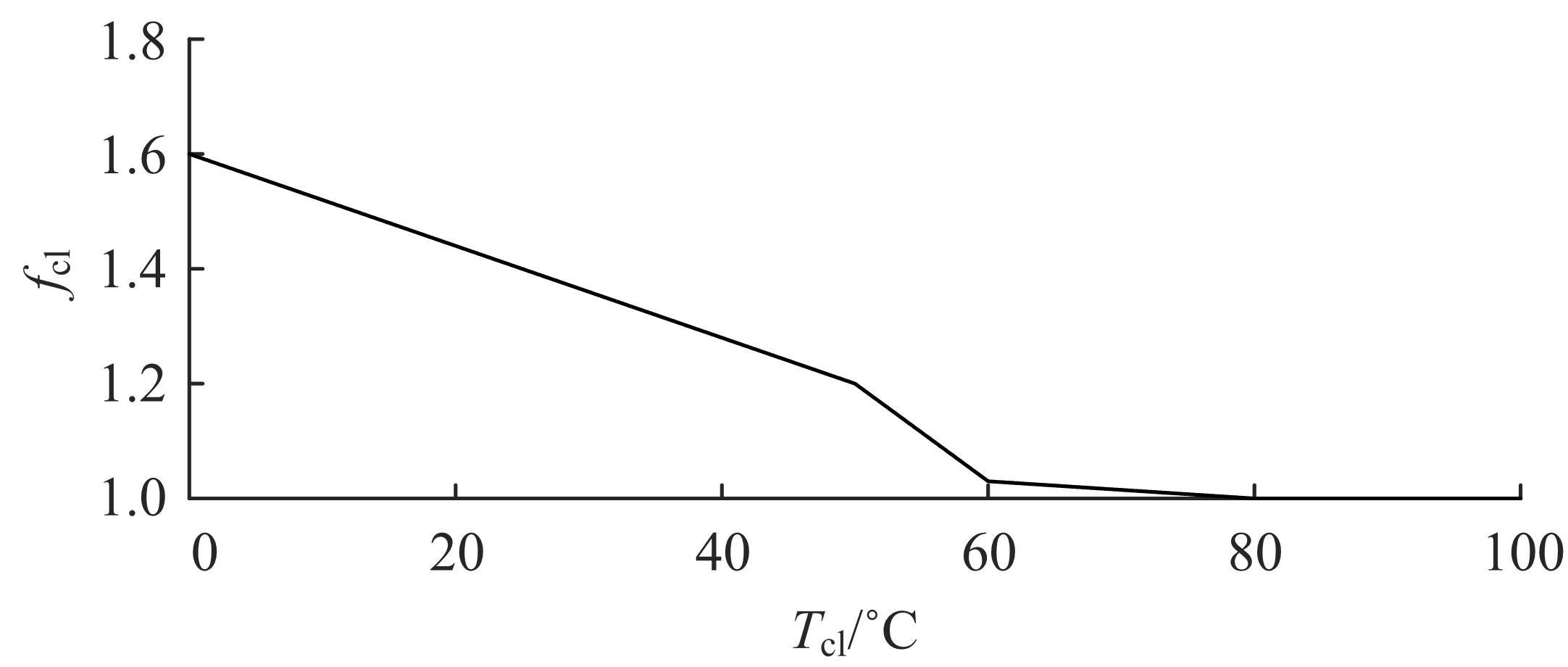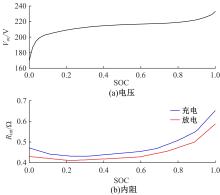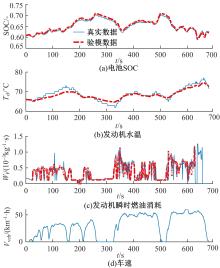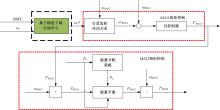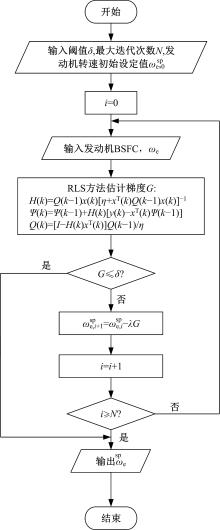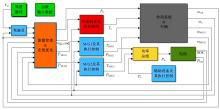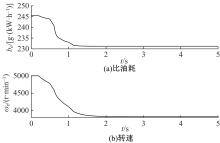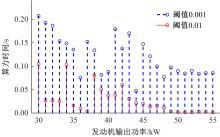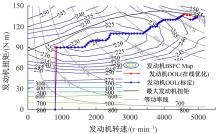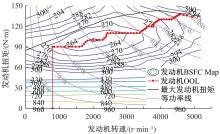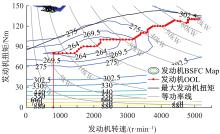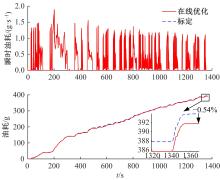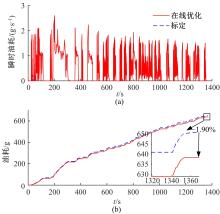Journal of Jilin University(Engineering and Technology Edition) ›› 2022, Vol. 52 ›› Issue (7): 1679-1686.doi: 10.13229/j.cnki.jdxbgxb20210117
Online optimization method of hybrid electric vehicle's engine optimal operating line
Yun-feng HU1,2( ),Bao-lin MA2,Jia-mei LIN1,Xun GONG3,Xue-jun LI4
),Bao-lin MA2,Jia-mei LIN1,Xun GONG3,Xue-jun LI4
- 1.State Key Laboratory of Automotive Simulation and Control,Jilin University,Changchun 130022,China
2.College of Communication Engineering,Jilin University,Changchun 130022,China
3.College of Artificial Intelligence,Jilin University,Changchun 130012,China
4.School of Electronic Information Engineering,Changchun University,Changchun 130022,China
CLC Number:
- TK401
| 1 | Boubaker S, Rehimi F, Kalboussi A. Effect of vehicular technology on energy consumption and emissions[J]. International Journal of Environmental Studies, 2015, 72(4): 667-684. |
| 2 | 夏超英, 杜智明. 丰田 PRIUS 混合动力汽车能量优化管理策略仿真分析[J]. 吉林大学学报:工学版, 2017, 47(2): 373-383. |
| Xia Chao-ying, Du Zhi-ming. Simulation analysis of energy optimization management strategy for Toyota PRIUS hybrid electric vehicle[J]. Journal of Jilin University (Engineering and Technology Edition), 2017, 47(2): 373-383. | |
| 3 | 江冬冬, 李道飞, 俞小莉. 基于混杂模型预测控制的混合动力车辆能量管理[J]. 吉林大学学报:工学版, 2020,50(4): 1217-1226. |
| Jiang Dong-dong, Li Dao-fei, Yu Xiao-li. Hybrid electric vehicle energy management based on hybrid model predictive control[J]. Journal of Jilin University (Engineering and Technology Edition), 2020,50(4): 1217-1226. | |
| 4 | Gupta R, Kolmanovsky I V, Wang Y, et al. Onboard learning-based fuel consumption optimization in series hybrid electric vehicles[C]∥ American Control Conference (ACC), Montreal, Canda, 2012: 1308-1313. |
| 5 | Park S, Kim Y, Woo S, et al. Optimization and calibration strategy using design of experiment for a diesel engine[J]. Applied Thermal Engineering, 2017, 123: 917-928. |
| 6 | Belgiorno G, Di Blasio G, Beatrice C. Parametric study and optimization of the main engine calibration parameters and compression ratio of a methane-diesel dual fuel engine[J]. Fuel, 2018, 222: 821-840. |
| 7 | de Nola F, Giardiello G, Gimelli A, et al. Reduction of the experimental effort in engine calibration by using neural networks and 1D engine simulation[J]. Energy Procedia, 2018, 148: 344-351. |
| 8 | de Nola F, Giardiello G, Gimelli A, et al. Volumetric efficiency estimation based on neural networks to reduce the experimental effort in engine base calibration[J]. Fuel, 2019, 244: 31-39. |
| 9 | Li N, Kolmanovsky I, Girard A. Model-free optimal control based automotive control system falsification[C]// American Control Conference (ACC), Seattle, USA,2017: 636-641. |
| 10 | Wong P K, Gao X H, Wong K I, et al. Efficient point-by-point engine calibration using machine learning and sequential design of experiment strategies[J]. Journal of the Franklin Institute, 2018, 355(4): 1517-1538. |
| 11 | van Dooren S, Balerna C, Salazar M, et al. Optimal diesel engine calibration using convex modelling of Pareto frontiers[J]. Control Engineering Practice, 2020, 96: 104313. |
| 12 | Hu Q, Amini M R, Wang H, et al. Integrated power and thermal management of connected HEVs via multi-horizon MPC[C]∥American Control Conference (ACC), Online,2020: 3053-3058. |
| 13 | Liu J, Peng H, Filipi Z. Modeling and analysis of the Toyota hybrid system[J]. TIC, 2005, 200(3):134-139. |
| [1] | LIN Nan, SHI Shu-ming, MA Li, KUI Hai-lin. Road grade estimation with grade change rate information [J]. 吉林大学学报(工学版), 2016, 46(6): 1845-1850. |
| [2] |
TAO Jun-yuan,SUN Jin-wei,LI De-sheng
.
Reinforcement learning function approximation algorithm based on linear average [J]. 吉林大学学报(工学版), 2008, 38(06): 1407-1411. |
|
||

